In the past, I’ve found interesting things in the Archives while conducting research to answer a different reference question, and, at the end of January, it happened again. I was originally asked to check facts for a documentary about William Temple Hornaday and his work to save the American bison from extinction in the 1880s. While looking at the bison accession cards in Record Unit 386, I found an interesting note about a bison that came into our collection and, eventually, into cash registers. And it wasn’t the “Buffalo” nickel.
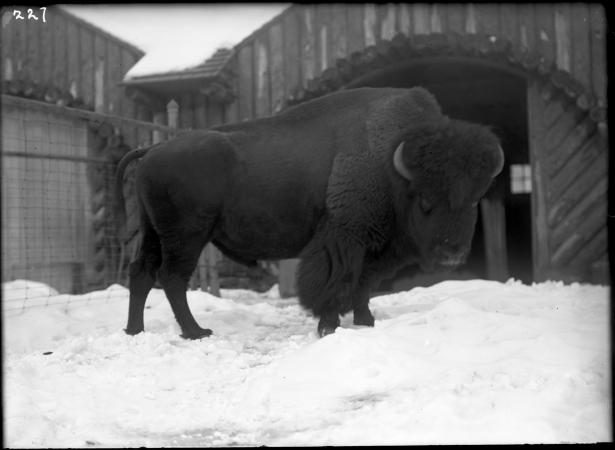
In researching the original question, I came across a card, dated October 23, 1897, for a two-year-old bison, catalogued as #2926. In addition to the typewritten information on the card, there were additional hand-written notes recording the death of the bison on October 13, 1914 and this…
“C. R. Knight’s drawing for the ten dollar bill was made from this animal.”
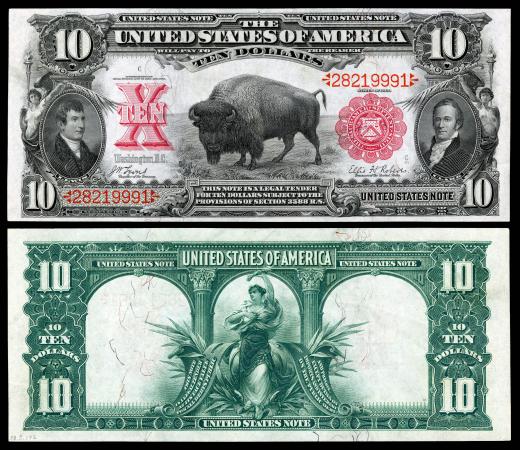
Charles Robert Knight (1874–1953) was an artist, sculptor, and exhibit designer who many may know best for his paintings of dinosaurs. His work appears in books, as murals, architectural features as well as the “Buffalo Bill,” issued in 1901.
In fact, both the National Museum of Natural History and several buildings at the National Zoo are decorated with his art.
Here are a couple of examples:
The Knight’s mosaic above the entryway to the Reptile House.
Here’s his design model for an archway over the doorway to the Elephant House – and here’s the full-sized bas-relief over an entrance into the Elephant House.
You can read more about Knight’s work at the National Zoo in other HABS (Historic American Buildings Survey) No. DC-777 reports found at the Library of Congress.
I love that you can find these curious connections when you least expect them.
Related Resources
- “Finding Something Cool Without Even Trying,” by Ellen Alers, The Bigger Picture, Smithsonian Institution Archives
Produced by the Smithsonian Institution Archives. For copyright questions, please see the Terms of Use.

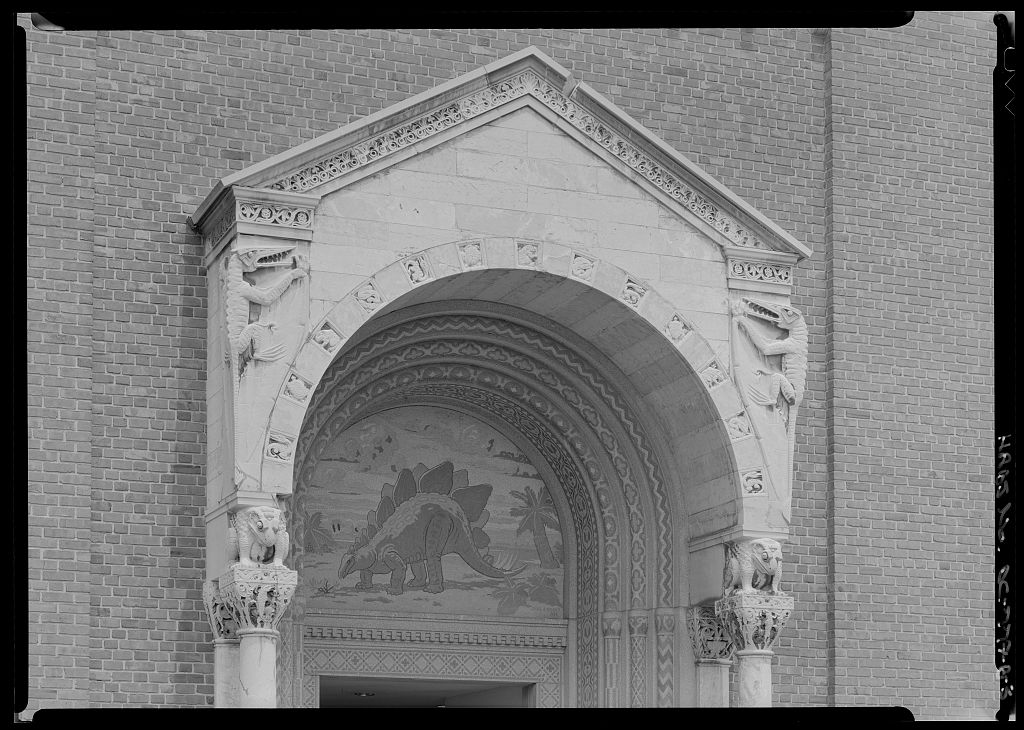
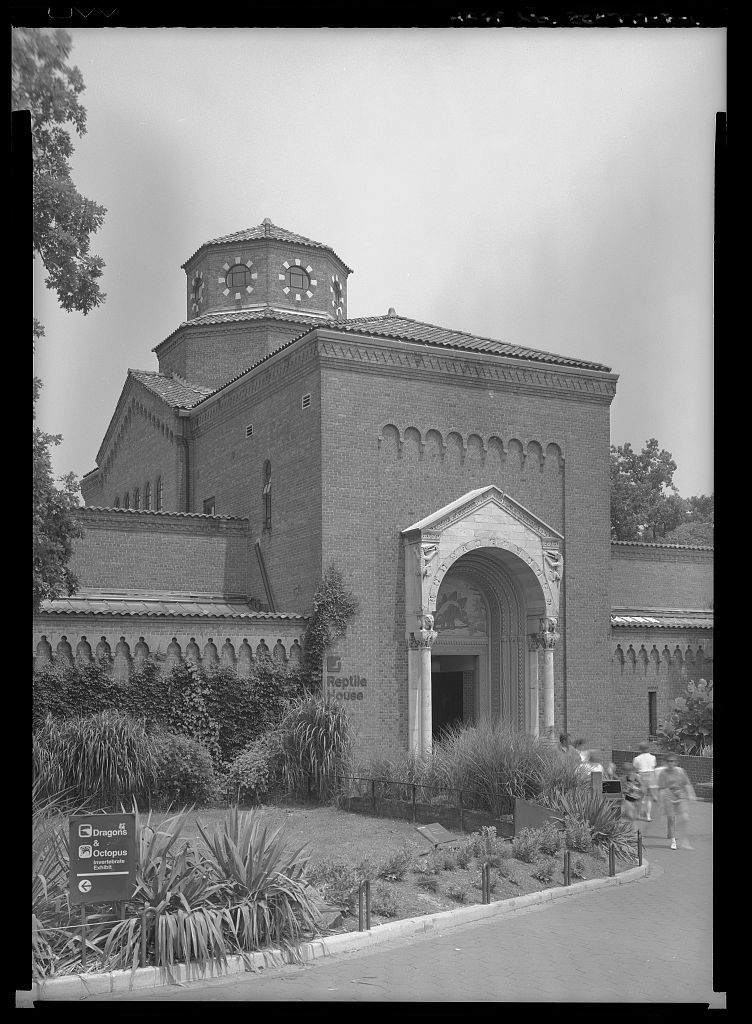
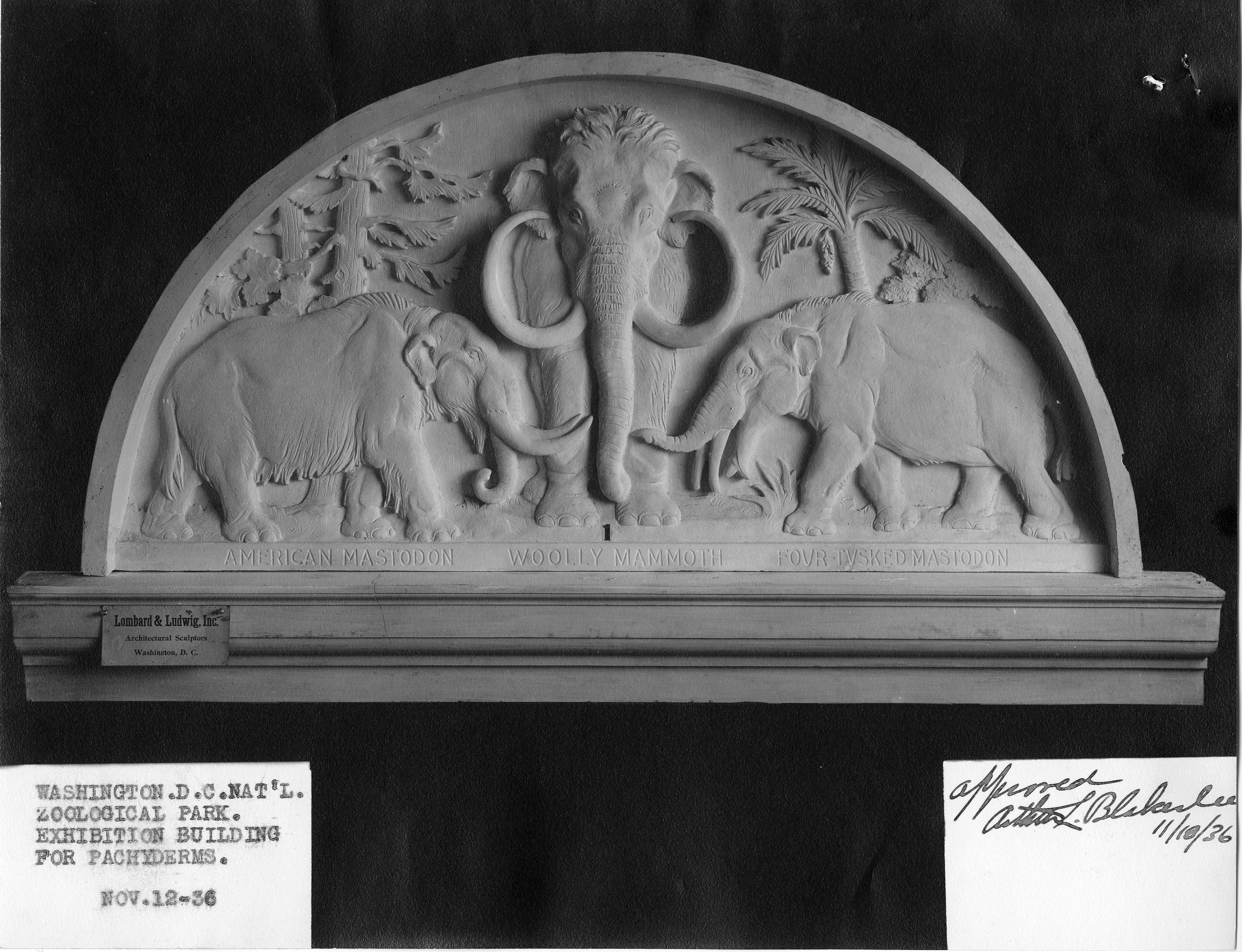
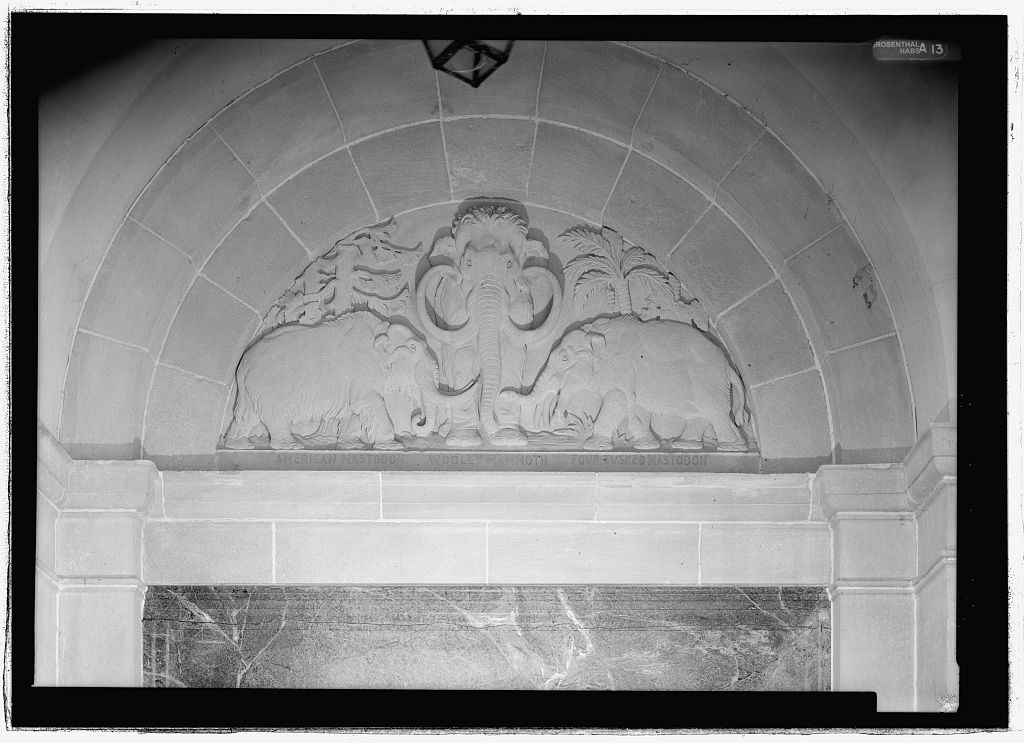
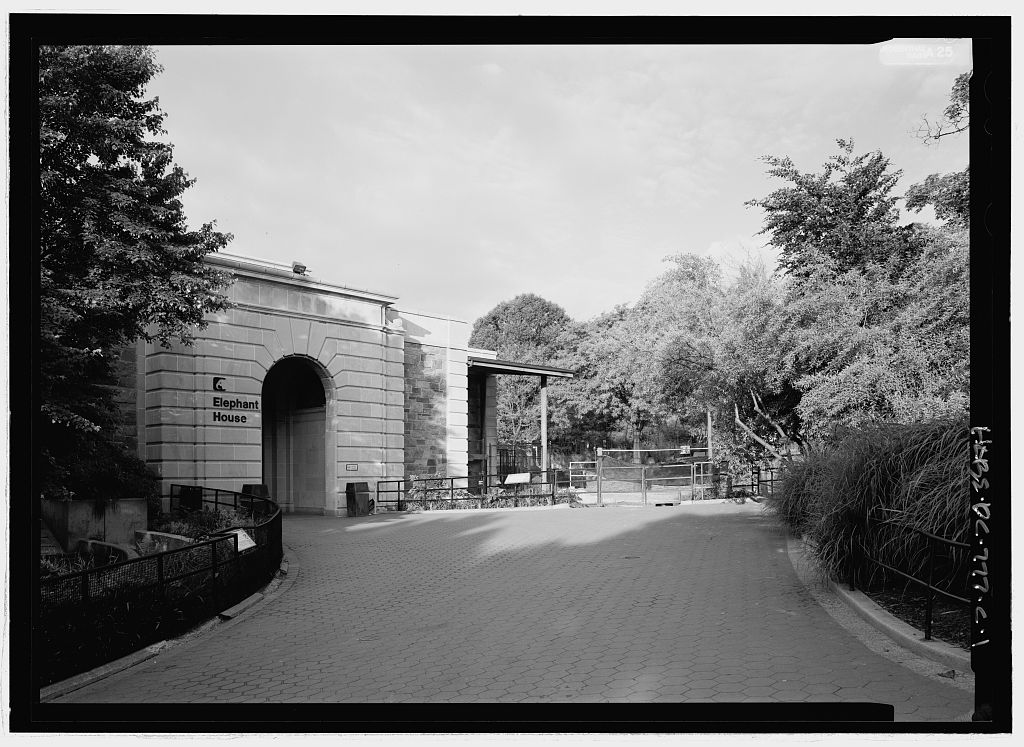
Leave a Comment